For more than 400 million years, horseshoe crabs — 10-eyed, blue-blooded, dome-shaped sea creatures — have lived on our planet, crawling ashore in spring and summer to mate and lay thousands of eggs that look a bit like grains of millet.
June 28, 2024:
They were doing this before Pangea broke up into the continents we know today. They were doing this the year an Everest-sized, dinosaur-slaying asteroid smashed into what is now Mexico.
And they continued doing this as humans transformed the planet, replacing forests with farms, covering beaches with buildings, and flooding the air and water with pollution. Even on some of the most urban stretches of coastline, in North America and Asia, these creatures still appear each year to seed the next generation.
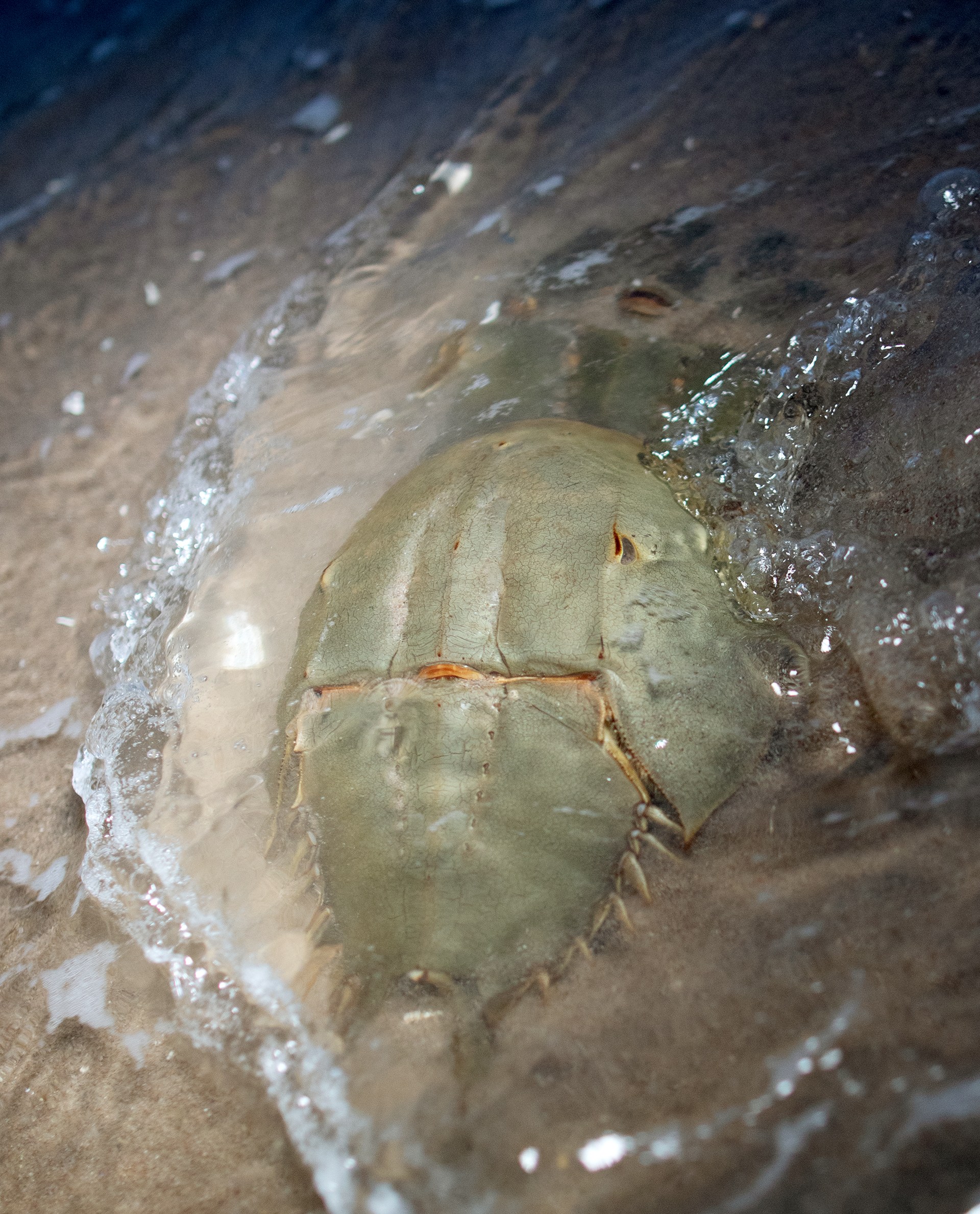
Benji Jones/Vox
One evening during a heat wave in June, I drove to Plumb Beach in south Brooklyn with a couple of friends. It’s a beautiful spot. The water is calm and the sand is speckled with shells and tufts of tall grass. It’s also very much a city beach. Plastic takeout containers poke out of the sand. There’s a large tire in the shallows. Traffic on the Belt Parkway competes with the sound of waves.
Nonetheless, in May and June, horseshoe crabs appear here, like magic, around full and new moons.
The females, which are noticeably larger than the males, release pheromones on their way into shore to draw in suitors. One lucky male will grab onto her rear, using a pair of specialized claws, and release sperm while she lays eggs in the sand. Other “satellite” males will follow the pair around and try — often with successful results — to get their sperm in the mix too.
This ancient animal orgy was on full display that evening. Just before sunset, dozens of the crabs — which are not technically crabs but arthropods more closely related to spiders — started coming to shore. Most of them paired up. Every few meters I saw a female the size of a dinner plate dragging along a salad-plate-size male. Some crabs were in piles. Others were in conga lines: rows of five or more individuals all attached to each other.
The horseshoe crabs were coated in a colorful amalgam of other sea creatures — barnacles, mussels, snails, and even crustaceans — as if they each had their own style. Sometimes called walking hotels, these animals are a foundation for so much life. They are ecosystems unto themselves.
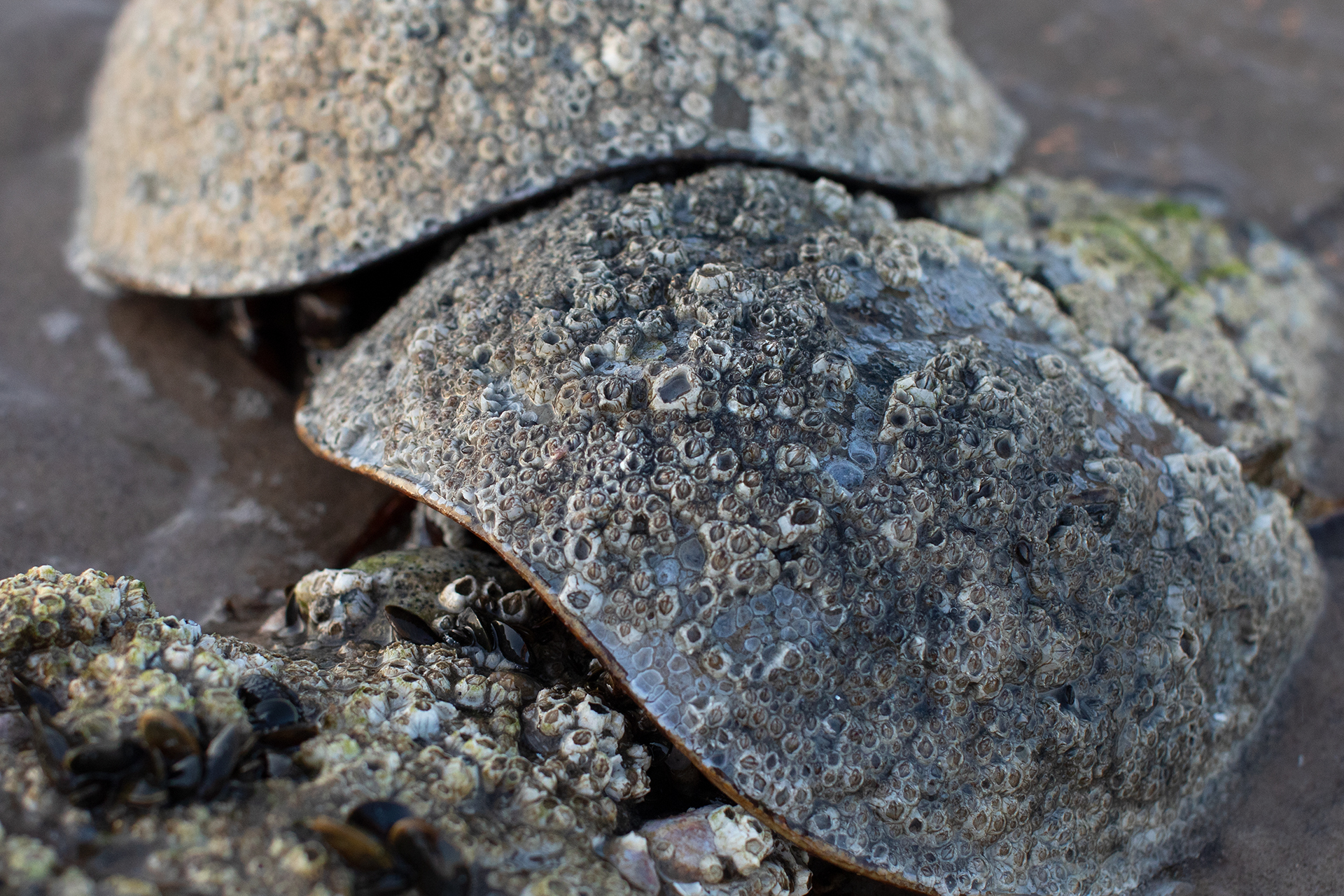
Benji Jones/Vox

Benji Jones/Vox
That’s not all they support. The many eggs that horseshoe crabs lay on the beach — which can number in the tens of thousands per female — are food for more than 20 species of migratory birds.
None, perhaps, rely on them more than red knots. Rotund sandpipers that sport rust-colored chests in the summer, they’re among the world’s most impressive travelers. In the eastern hemisphere, some red knots migrate more than 9,000 miles, from the tip of South America to the Arctic Circle. And they rely on horseshoe crab eggs to fuel this trip. In the spring, red knots time their journey north to align with spawning on the East Coast (and especially the Delaware Bay).
Red knots will use Plumb Beach to refuel, though I saw a different crew of egg-eaters that evening: laughing gulls, which are basically elevated seagulls. While they too are seagulls — a colloquial term that people tend to use for all gull species found near the sea — they have black heads and calls that sound like cackles. I watched dozens of them travel in a pack down the beach, feasting on eggs and laughing.
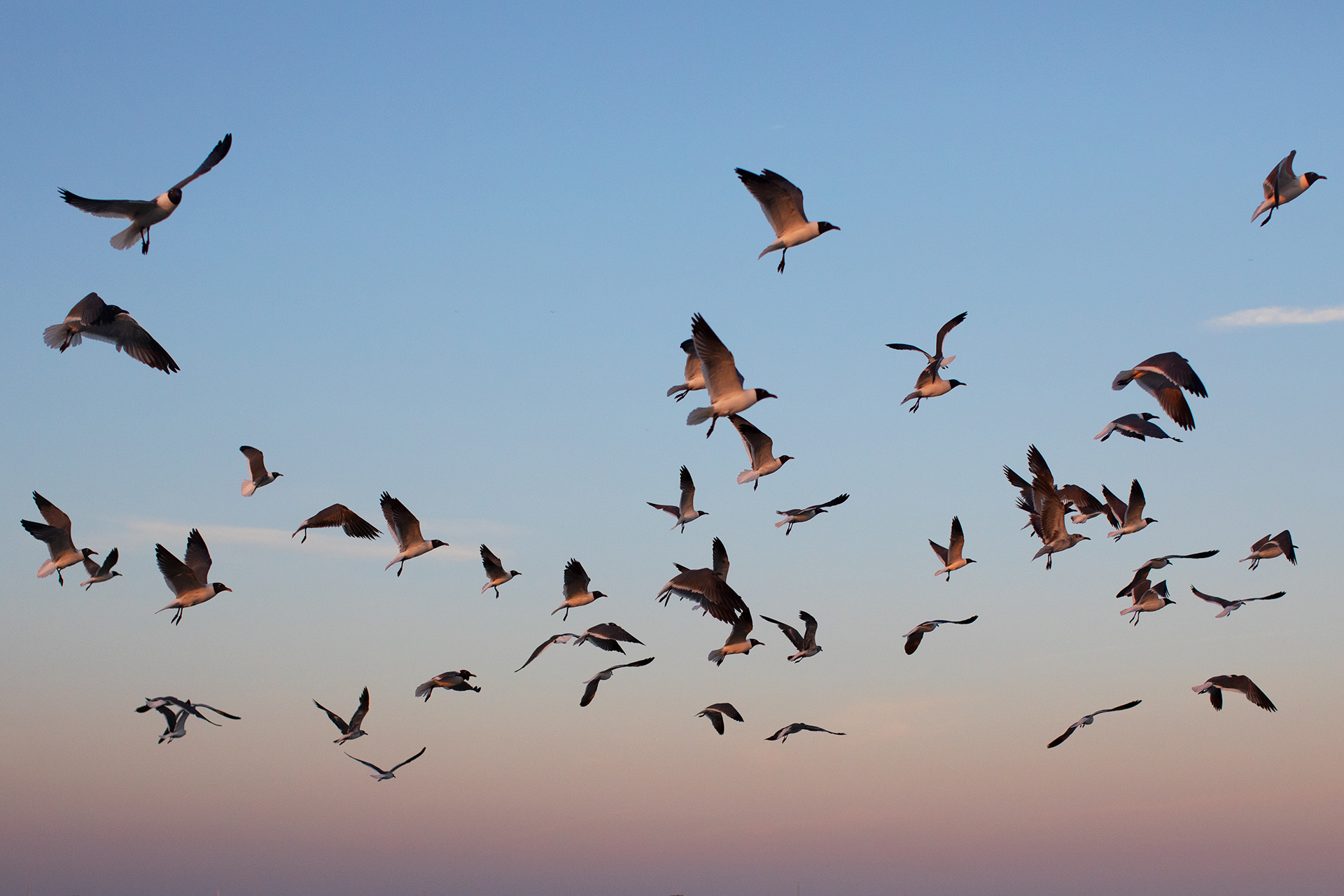
Benji Jones/Vox
Horseshoe crabs also support billions of human lives. Their blood, made blue by copper-based proteins that transport oxygen, is a medical marvel. It quickly clots in the presence of bacterial toxins, and that has made it invaluable for sterility testing. Scientists use horseshoe crab blood to make sure medical devices, intravenous drugs, and vaccines — including those for Covid-19 — are free of harmful bacteria and safe to use.
I find this all pretty remarkable: These animals, which are basically walking helmets, have been supporting life around them for hundreds of millions of years.
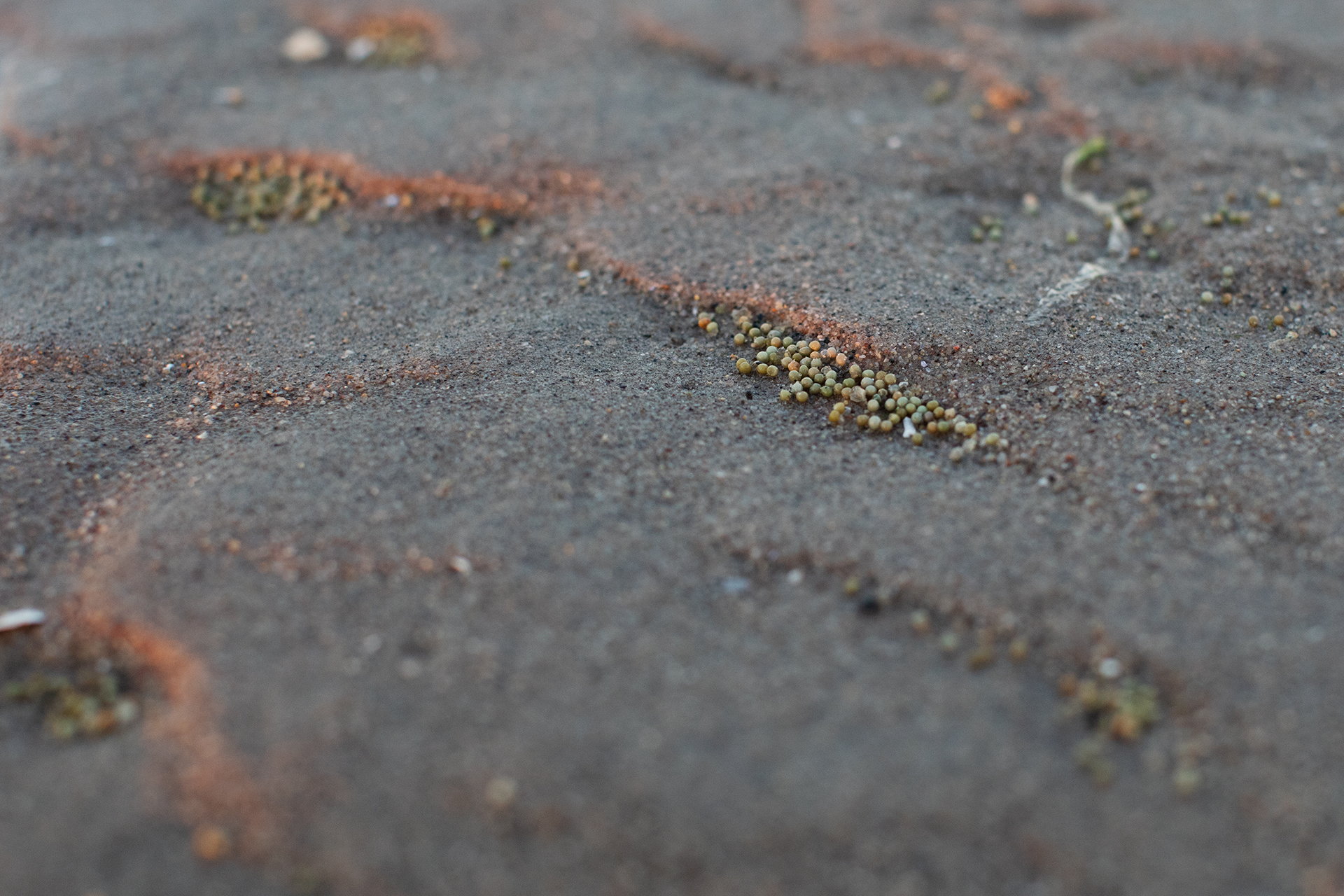
Benji Jones/Vox
In an imperceivable fraction of the horseshoe crab timeline, humans have torn countless lives apart. We’ve ripped up forests and grasslands and overfished the seas, and we’re now slowly cooking the planet with carbon dioxide. Humans are fracturing the support beams of ecosystems.
We’re even challenging the resilience of horseshoe crabs. In the last few decades, and especially in the 1990s, millions of these crabs were harvested and drained of blood. They often died afterwards. Fishermen also capture horseshoe crabs and use them as bait for eels and conch. Overharvesting caused their population — and the populations of some birds that depend on them — to crash. Red knots are federally threatened under the US Endangered Species Act, largely due to a decline in horseshoe crabs.
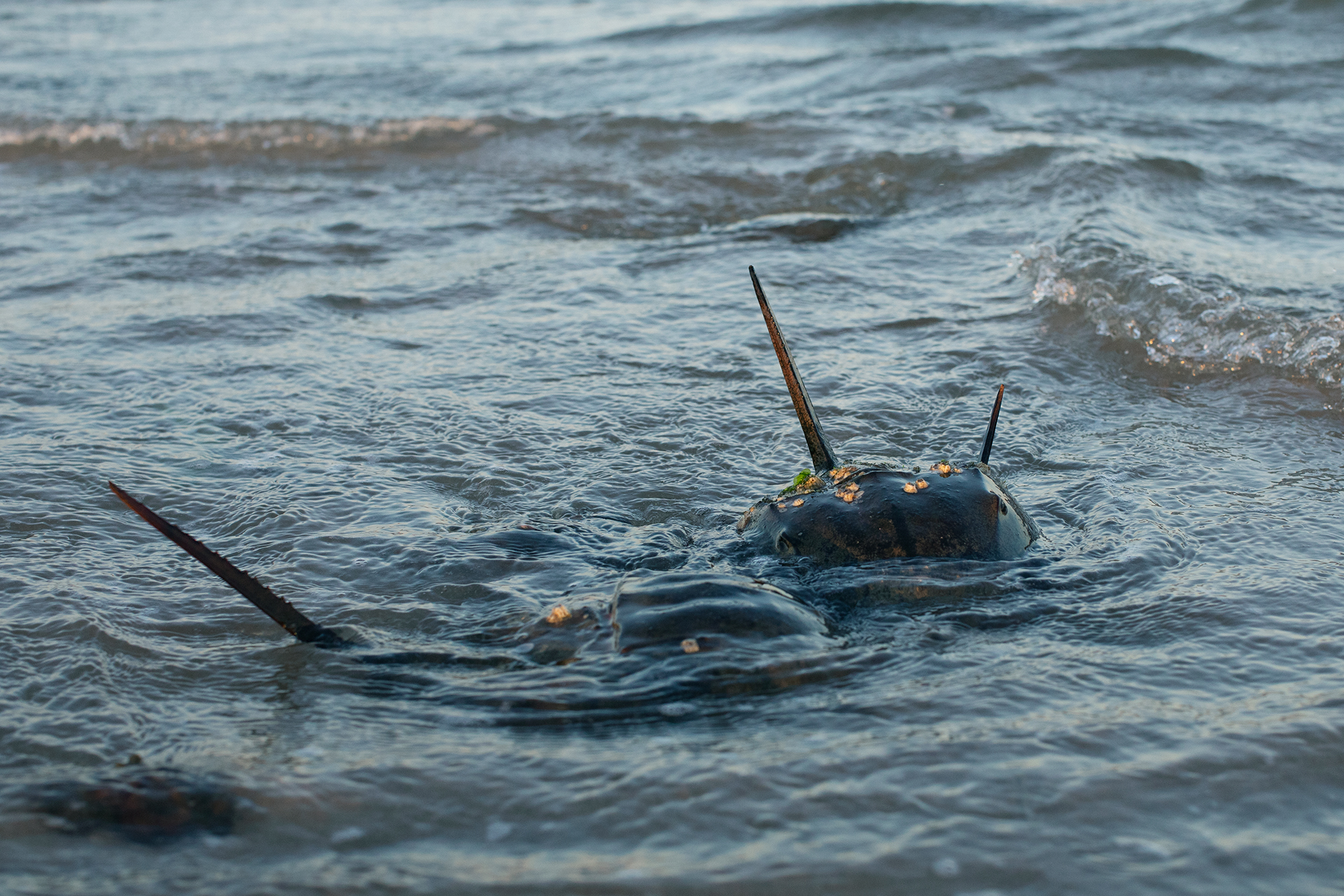
Benji Jones/Vox

Benji Jones/Vox
When you glimpse these creatures on the beach, they don’t appear especially intelligent or skillful. Males will confuse other males for mates. Sometimes they even pair up with rocks. I also saw a number of them stuck upside down, like capsized June bugs, their legs moving in the air with an almost mechanical rhythm.
Then again, these animals have outlived almost every other organism on Earth. They’re obviously doing something right. More profoundly, they’ve helped sustain life around them. I might even suggest that we should all aspire to be more like horseshoe crabs. We should look up to these sea spiders, and try fortifying ecosystems rather than destroying them.








